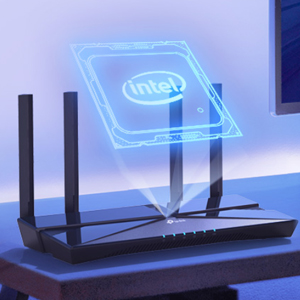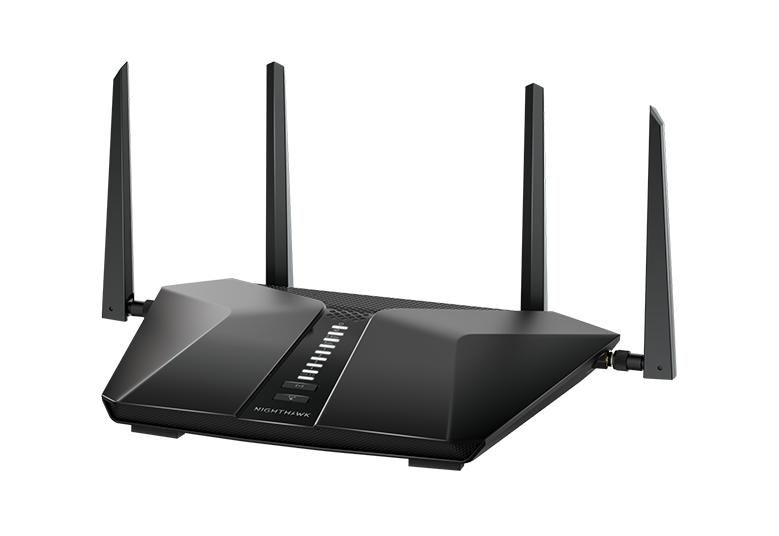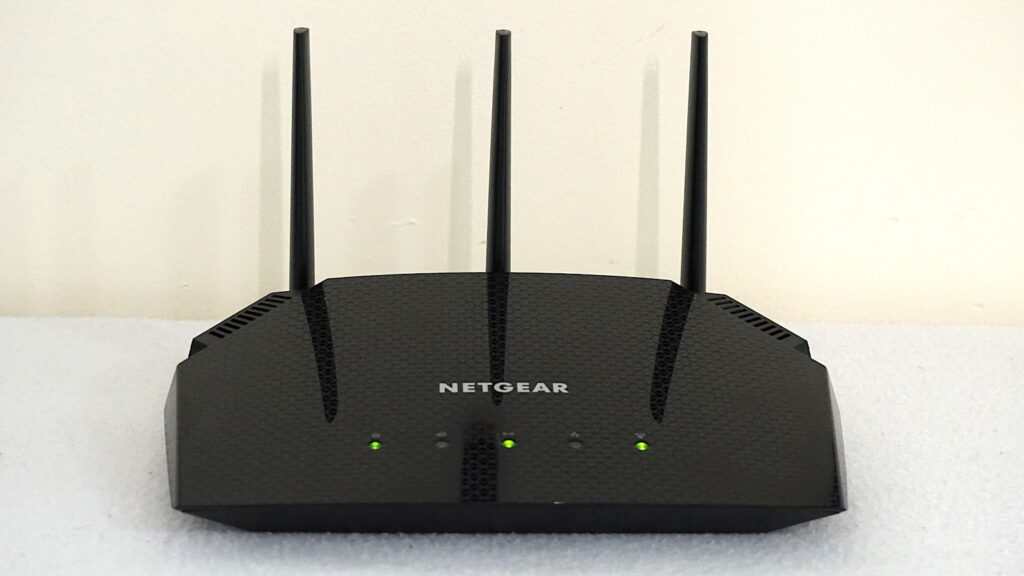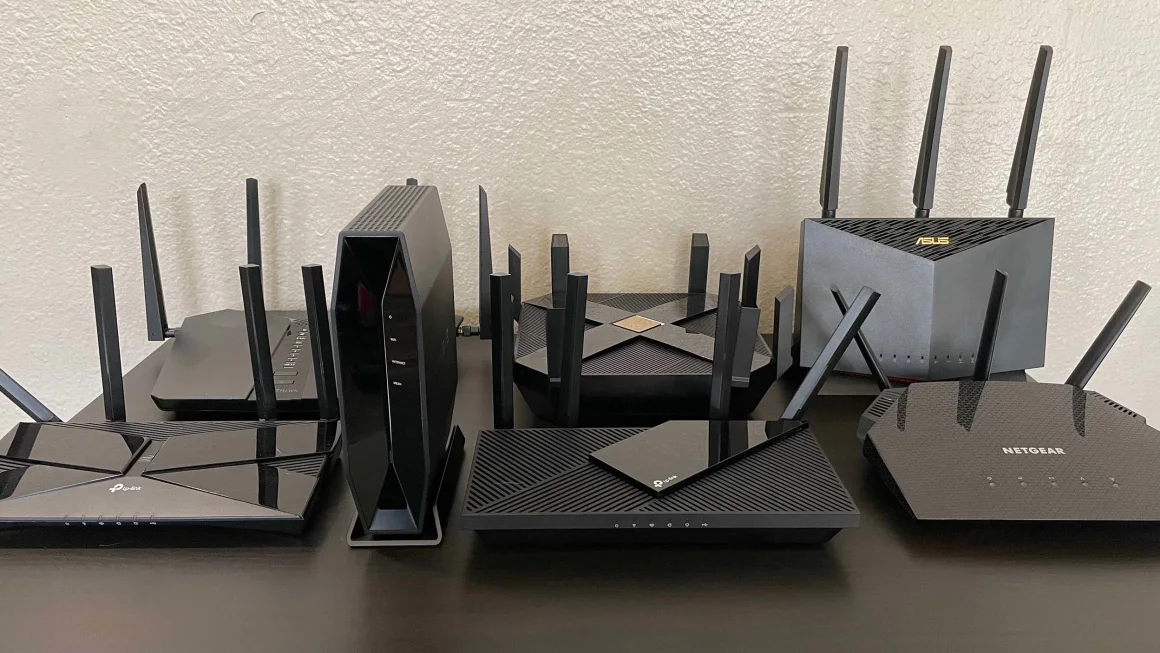Welcome to APPSRS. Explore a curated collection of top-rated apps for productivity, creativity, and entertainment on appsrs.com. Discover innovative tools and must-have applications for every need. Start optimizing your digital experience today!
A wireless router is the cornerstone of your home network. If your router is old, underpowered or malfunctioning, you’ll feel it: You’ll struggle to get a good connection in some parts of your house, your video conference will start to flake out if someone’s watching Netflix in the other room, and you may find yourself unable to take advantage of your expensive high-speed internet plan, wasting your money and causing unnecessary frustration.

In many homes, a single router suffices, however mesh WiFi router networks function best in larger homes, those with intricate layouts, or those with plaster or concrete walls. Seven top-rated routers were put to the test in two different locations: a 1,100 square foot townhouse and a 2,000 square foot single-story home. We assessed the routers’ features, range, single- and multi-device speeds, and usability. We discovered two excellent options: one that is ideal for a midsize home full of gadgets, and another that is less costly but still offers excellent speed and range for apartments and smaller houses.
What is the best Wi-Fi Router?
“Best” Wi-Fi router depends on various factors such as your specific needs, budget, and the size of your home or office. Some popular options include the ASUS RT-AX88U, Netgear Nighthawk AX12, TP-Link Archer AX6000, and Google Nest Wifi. It’s essential to research and compare features like speed, range, security, and ease of use to find the best fit for your requirements.

The TP-Link Archer AX21 is the best router for most people based on our testing — and it’s a Wi-Fi 6 model that costs less than $100. The best fit for your network depends on a few factors, from the size and layout of your home to the content you stream. We’ve tested dozens of the latest models to help find options for every situation.
How to choose a Wi-Fi router
In 2024, while purchasing a new router, go for one equipped with Wi-Fi 6. Compared to Wi-Fi 5 (802.11ac), which has been around since 2019, Wi-Fi 6 is quicker, more secure, and capable of supporting more devices. Wi-Fi 6 is standard on the majority of new laptops, phones, and tablets, and it is also compatible with older devices in your home when connected to a Wi-Fi 6 router. (On the other hand, WiFi 6E is too pricey and new, and hardly no devices as of yet can utilize its technology.)
It’s not necessary to upgrade if your Wi-Fi 5 router is functioning properly; nevertheless, you’re probably not reading this page. It’s important to determine the reason if your router isn’t performing well because that will assist you in determining what to search for.
A Wi-Fi 6 router can be useful if your current router is having trouble with the volume of devices connected to your network. Before purchasing a new router, there are a few things you may do if certain areas of your house have a poor connection.
Firstly, locate your router as near to the middle of your living area as possible. An app such as WiFiman (available for free on iOS and Android) can be used to measure latency, throughput, and signal strength within your home.
A Wi-Fi range extender can solve your Wi-Fi issues if it’s working well overall but not in one or two problematic areas. A new router can help if there are several rooms that require improved signal, however for large (over 2,500–3,000 square feet) or intricate areas, a mesh Wi-Fi system like Eero, Netgear Orbi, or Google Wi-Fi would be required. If you do purchase a new router, be careful to verify its functionality throughout your home right away so you can return it if needed.
How we tested

We combed through Wi-Fi 6 router reviews to compile a list of potentials based on benchmarks and online expert reviews. Four front-runners and three affordable choices round out our list of seven prospects for in-person testing.
We conducted our tests in two different places. We put each of our competitors in a 2,000-square-foot house for our first round. Similar to how we tested Wi-Fi extenders, we set up the router in a bathroom on the far side of the house, connected an iPhone 12 Pro from the living room to the router’s 5GHz network, and connected a Samsung Galaxy S21 Ultra 5G from the bedroom next door to the same network, all from 45 to 50 feet away. We remained with 5GHz since it offers quicker speeds, and we used the Galaxy S21 Ultra 5G and iPhone 12 Pro because they both have 2×2 Wi-Fi 6 radios and can benefit from our Wi-Fi 6 routers’ speed enhancements.
and, in comparison to 2.4GHz connections, is less vulnerable to interference from nearby signals. Our two iPhones were across several rooms and walls from one another, and they were not in direct line of sight. The Samsung smartphone was merely divided from the router by two walls and a tiny room, but it lacked a direct line of sight to it.
To create a preliminary ranking, we installed the WiFiman app on each smartphone and performed upload and download tests (downloading from the Samsung to the iPhone and uploading in reverse). As you travel around your house, the WiFiman app can help you test your Internet speeds, signal strength, and latency. It’s an excellent tool for troubleshooting your home network.
From there, two routers were clear front-runners for our budget and main choices. We conducted another test with the identical phones positioned in the same ways, but we moved the router to the middle of the house, heeding the same advise we would offer to anyone configuring a router for the first time.
We conducted a simultaneous load test using the following configurations: a 16.6GB file transfer from the desktop PC to a NAS box (connected to the network via Gigabit Ethernet), a 4K UHD stream on the Apple TV, a 4K Apple TV+ stream on the iPad Pro, World of Warcraft on the MacBook Pro, and the same WiFiman transfer test we used previously from the iPhone 12 Pro to the Samsung Galaxy S21. We kept track of every test result and added the results of the desktop version of Cloudflare’s Internet Speed Test as an additional piece of information. These tests provided us with a comprehensive image of the routers’ performance on a small number of devices at extreme range and ideal circumstances, in addition to a huge variety of devices under somewhat demanding circumstances.
Best 6 Tested Wi-Fi Routers!
TP-Link Archer AX21

A $250 router is overkill for many homes. If you don’t have a lot of bandwidth-hungry devices using your network at once, and you just want a Wi-Fi 6 router with more throughput and better range than the one your ISP rents you, the TP-Link Archer AX21 is an excellent upgrade for under $100.
On our hardest, long-range benchmarks, the Archer AX21’s 5GHz speeds were neck-and-neck with the Archer AX50, a router with a much higher speed rating (AX3000 compared to AX1800). The only routers that beat the AX21 in this benchmark cost more than twice as much.
It wasn’t until we subjected the $250 routers and the $100 AX21 routers to simultaneous gaming traffic, HD streaming, and file transfers that the performance difference became noticeable. On almost all of our tests, the AX21 comfortably beat its immediate rival, the TP-Link AX50, but it fared substantially worse than the RT-AX86U and TP-Link Archer AX6000. Our wifi benchmarks and Cloudflare connection benchmarks crawled, the file transfer took almost twice as long, and we recorded increased maximum game latency.
Like other TP-Link routers, the Archer AX21 is easy to set up, albeit there are a few stages that could be unclear. Most consumers won’t know whether to modify their router’s default MAC address or choose a different connection type than “Dynamic IP,” and the majority of rival routers don’t feature those options when they first set them up. Other than that, it’s typical fare, with the ability to designate a single SSID for the 2.4GHz and 5GHz bands as well as the ability to activate automatic firmware upgrades.
Also Read : 6 Best Instant Cameras to Buy In 2024!
TP-Link Archer AX6000

The Asus RT-AX86U outperformed the TP-Link Archer AX6000 in our tests. It is a dual-band, four-stream Wi-Fi 6 router, just like the RT-AX86U. It performed less well than the Asus in our multi-device tests, and its price is typically more.
With eight Ethernet connections, which is twice as many as our top choice, it’s still an excellent option, especially if you want to connect a lot of wired devices. (Of course, if needed, you could always upgrade the RT-AX86U with an inexpensive networking switch.
In our preliminary data transfer tests between two Wi-Fi 6 cellphones, the Archer AX6000 fared quite well. Its 2.4GHz performance was very strong, though we don’t think it’s as significant as its 5GHz performance because rival wireless networks in your neighborhood might cause a variety of interference in that frequency range that even the best routers can’t resolve.
The AX6000 features eight Gigabit LAN ports and a single 2.5Gbps WAN port. Two of the LAN ports can be linked together via link aggregation to create a single, fast connection. Additionally, two USB-C 3.2 Gen 1 and USB-A 3.2 Gen 1 ports are included for connecting storage that is accessible by network devices. That was a welcome surprise because USB-C ports aren’t something we commonly see on routers.
TP-Link Archer AX50

The router that came in second place to our budget choice was the TP-Link Archer AX50. In our other testing, the newer, less expensive AX21 fared better, but it had marginally superior long-range performance than the AX21. Its AX3000 speed rating turned out to be deceptive; in order to benefit, you must use 5GHz 160MHz channels, which are incompatible with the majority of devices.
While most communities lack the spare bandwidth to support channels this broad, the AX50 allows you to try to avoid competing 5GHz Wi-Fi networks by using DFS channels. We believe you should choose the AX21 because it lacks support for TP-Link’s OneMesh and automatic firmware updates.
Netgear Nighthawk AX6 (RAX45)

We excluded the Netgear Nighthawk AX6 (RAX45) AX4300 router because of its poor performance in our initial long-range tests, which were half as good as the Asus RT-AX86U’s average on 5GHz. Although it is around $100 less expensive, we believe the extra speed and range make the slight price difference worthwhile.
Linksys E9450

During our first testing, the Linksys E9450 had trouble maintaining a 5GHz signal; in fact, it was the only router we tried that was unable to establish a connection at the long-range test site. Even while we like the router’s sleek look, the inside antennae weren’t as effective because there were no external antennas visible. The router’s poor performance in avoiding interference made things worse.
Despite the congested airways, its automated configuration mode, which is meant to assist it in selecting a channel and bandwidth profile that minimizes interfering with nearby signals, instead defaulted to the largest bandwidth. You may envision it by picturing four people attempting to walk shoulder to shoulder on a crowded sidewalk. Instead, we would like the router to mandate that they walk single-file.
Netgear R6700AX

Our third budget option, the Netgear R6700AX, performed passably in our first long-range testing; however, we experienced difficulties getting a connection to stick on the router’s 5GHz.
network from our test iPhone, and the other low-cost routers were roughly twice as fast. That’s not good, because it suggested to us that we were testing the router at its very maximum range. We believe you would be better off with any of TP-Link’s Archer AX21 or AX50 because we had no connectivity problems with those across comparable distances.
Conclusion
Selecting the “best” Wi-Fi router hinges on several crucial factors tailored to your unique circumstances: your specific requirements, financial considerations, and the dimensions of your living or working space. Among the frontrunners in the market are the ASUS RT-AX88U, Netgear Nighthawk AX12, TP-Link Archer AX6000, and Google Nest Wifi. To make an informed decision, delve into detailed research, meticulously compare features such as speed, coverage range, security protocols, and user-friendliness.
Thank you For Choosing Us, Explore More Of Our APK Modes !


